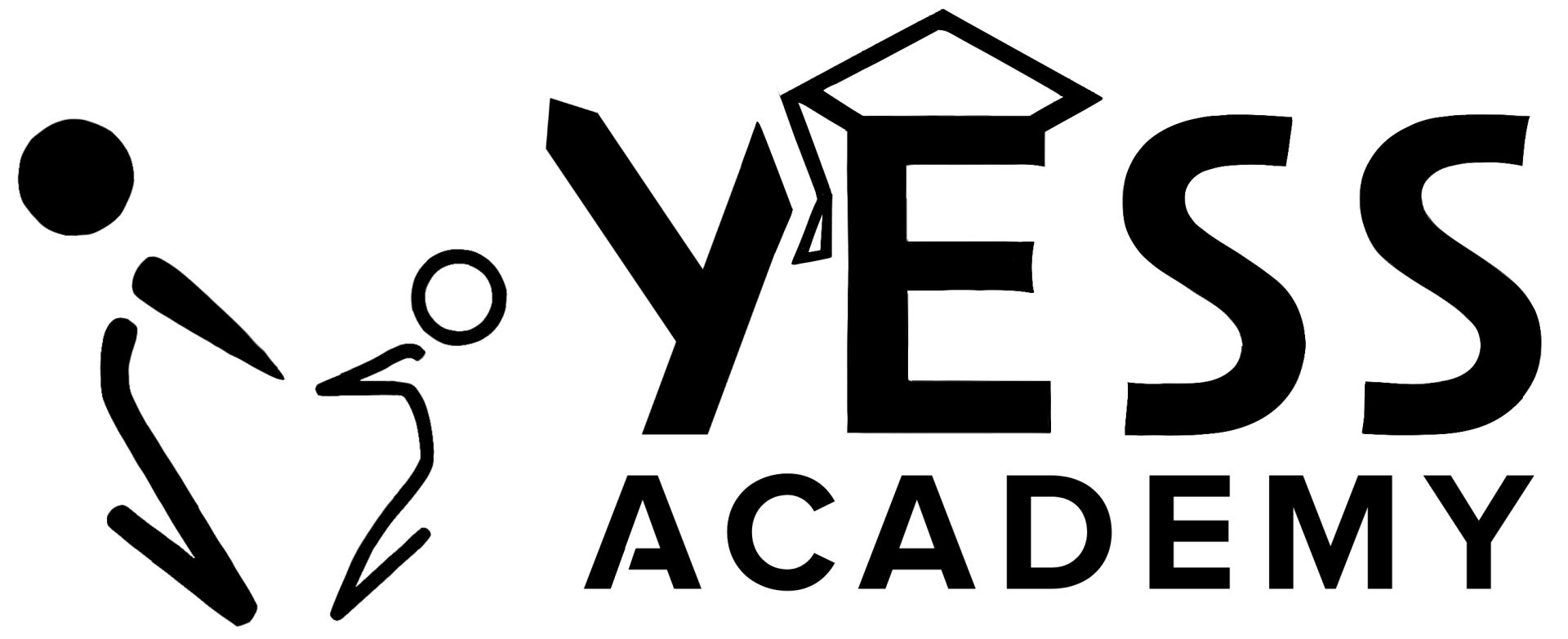Each student's experience with and understanding of substance misuse is unique. Customized learning paths acknowledge and adapt to these individual differences. This personalized approach enhances the relevance and effectiveness of the educational content, ensuring that it resonates more deeply with each learner.
Students have varied learning styles—some are visual learners, others prefer auditory learning or hands-on activities. Customized learning paths in substance misuse education should cater to these diverse preferences. By doing so, educators can ensure that the learning material is not only accessible but also engaging for all students.
Technology is a powerful enabler of customized learning. Digital platforms can provide interactive modules, personalized assessments, and adaptive learning paths. These tools help educators to tailor the educational experience to the needs of each student, making learning about substance misuse more interactive and impactful.
A critical aspect of customized learning paths is the creation of a supportive and safe learning environment. This involves open and empathetic communication, where students feel comfortable discussing sensitive issues related to substance misuse. Such an environment is essential for effective learning and personal growth.

Developing effective customized learning paths is a collaborative effort. It requires input and cooperation from educators, students, and often technology experts. This collaborative process ensures that the learning paths are not only personalized but also grounded in accurate, up-to-date information.
Customized learning paths in substance misuse education represent a significant shift towards a more empathetic, effective, and student-centered approach. By focusing on individual learning styles, leveraging technology, and fostering a supportive environment, educators can significantly enhance the way students understand and engage with the topic of substance misuse.
Empty space, drag to resize


